Perk up people, this is the Forbes list 30 under 30 in energy edition. According to Forbes, each year their reporters spend months combing through possible contestants. Questionnaires, online digging, contact recommendations, and a panel of expert judges all help sift through to the top remaining candidates.
This year, Forbes focused on the movers and shakers of the battery field. With a worldwide $200 billion a year investment in wind and solar power generation projects, the revolution in renewables, and the transition to low-carbon energy sources is undeniable. And for that reason, we highlight three—just the tip of the iceburg—from the top thirty list.
I don’t know what you were doing when you were 17, but Meghana Bollimpalli, a student at Central High School in Little Rock, Arkansas was inspired by a seminar on energy storage. Bollimpalli began working towards figuring out a way to make supercapacitors from cheaper materials. She discovered a mixture of tea powder, molasses, and tannin, with a pinch of phosphorous and nitrogen, could achieve the same performance as a platinum-based electrode, for just $1 each, taking home the 2018 Intel Foundation Young Scientist award. Not bad for a high school student. (more…)



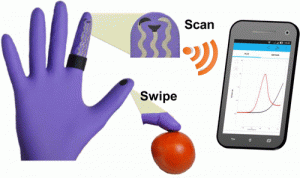
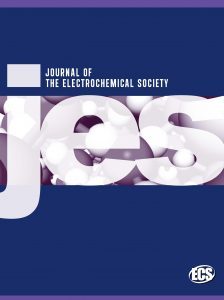
 Sensors on tape that attach to plants yield new kinds of data about water use for researchers and farmers.
Sensors on tape that attach to plants yield new kinds of data about water use for researchers and farmers.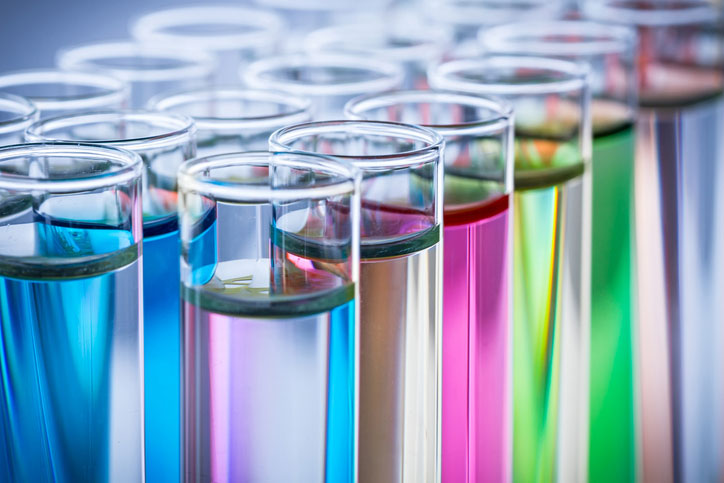 A new chemical sensor prototype will be able to detect “single-fingerprint quantities” of chemicals and other substances at a distance of more than 100 feet—and its creators are working to make it the size of a shoebox.
A new chemical sensor prototype will be able to detect “single-fingerprint quantities” of chemicals and other substances at a distance of more than 100 feet—and its creators are working to make it the size of a shoebox. Submission Deadline: December 26, 2017
Submission Deadline: December 26, 2017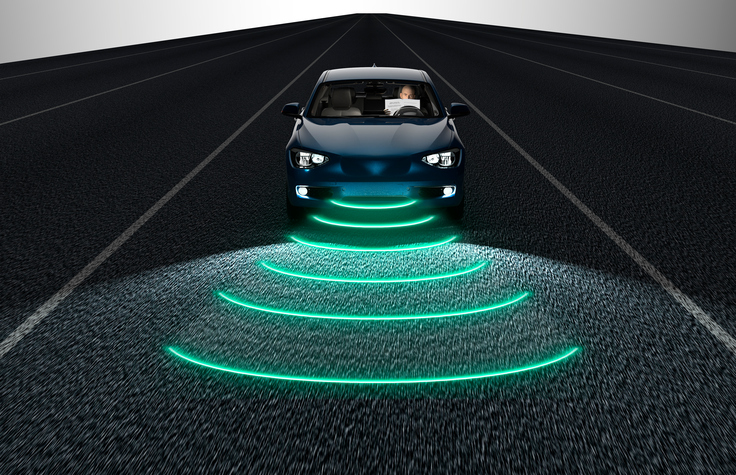 In the wake of car- and truck-based attacks
In the wake of car- and truck-based attacks  Engineers have developed a flexible sensor “skin” that can stretch over any part of a robot’s body or prosthetic to accurately convey information about shear forces and vibration—information critical to grasping and manipulating objects.
Engineers have developed a flexible sensor “skin” that can stretch over any part of a robot’s body or prosthetic to accurately convey information about shear forces and vibration—information critical to grasping and manipulating objects.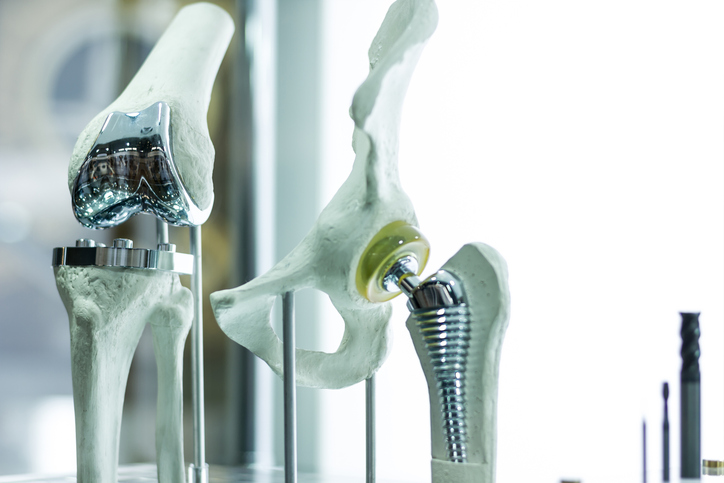 The development of prosthetics has changed many lives, providing mobility options and allowing for more active lives. But all artificial limbs aren’t perfect. Some can be painful, difficult to use, and lead to possible skin infections. The Office of Naval Research is looking to change that, providing new options for those in need of artificial limbs.
The development of prosthetics has changed many lives, providing mobility options and allowing for more active lives. But all artificial limbs aren’t perfect. Some can be painful, difficult to use, and lead to possible skin infections. The Office of Naval Research is looking to change that, providing new options for those in need of artificial limbs.